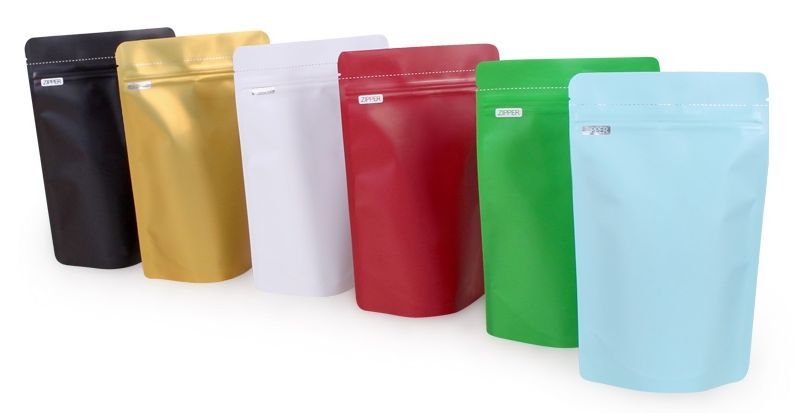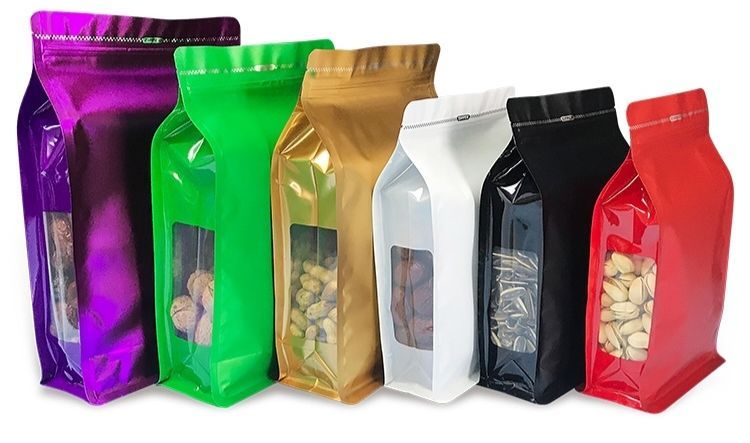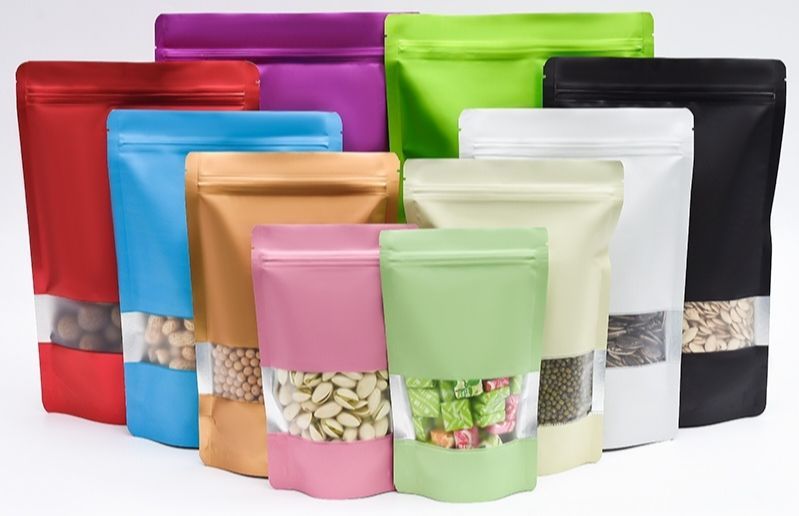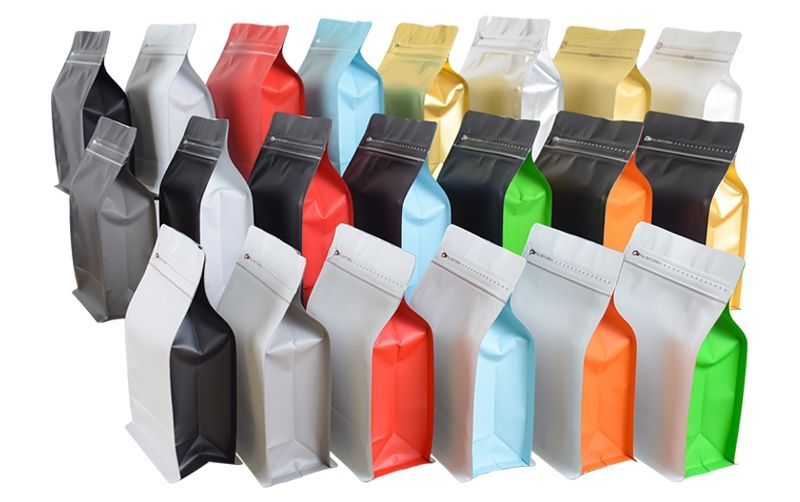When looking for the right kind of bag for your product, there are multiple details to consider. It’s not “just a bag” but, instead, the gateway of your product to the people.
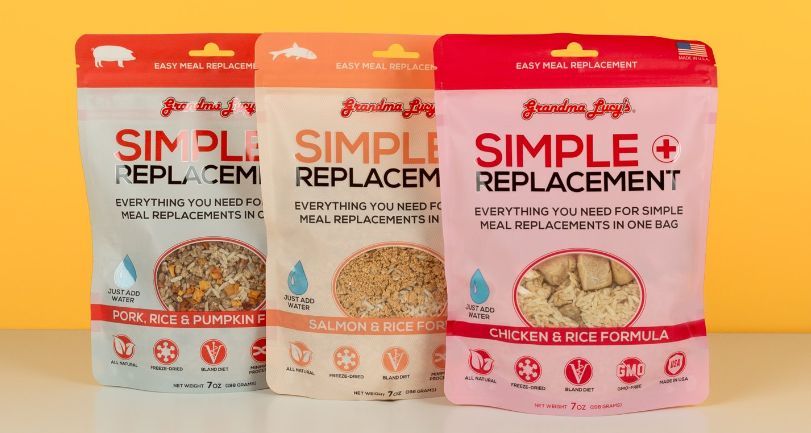
How Is Mylar Bag Thickness Measured? Mylar has several layers of laminated plastic that act as an excellent oxygen absorber, so your product is stored in the best possible condition, which is why many food and beverage companies love using it for their flexible packaging. Sealant thickness is dependent on your packaging size. For small dimensions, there’s 1.5-2.5 mil; in large, there’s 4.5- 6.5 mil. If you’re looking for long-term food storage, we suggest a thicker bag because thicker bags provide better insulation from outside elements. METPET has relatively the same barrier property no matter what thickness sealant film it is laminated to.
Mylar Bag Thickness for Protection and Ease of Use Does Mylar thickness matter? Of course, it does. When using mylar, it’s essential to remember thickness is only a part of the solution; there’s also the aluminum metallization used for bag production. Mylar bags use different materials based on advantages. Once the material has been decided, they’re laminated together to create a sturdy pouch that’s simple to use – usually a PET/ METPET/ PE mix. Many brands choose METPET to act as a barrier against the sun’s harmful rays. But aluminum is not heat-sealable, so it needs to be laminated with other materials like PE. Thinner bags are more susceptible to puncture damage. All MEPET specs have similar opaqueness/ UV light blocking ability.
Choosing a Thickness Based Off of Food Type & Length Opaque Mylar bags can protect stored food for a very long time, but thickness of METPET specs doesn’t affect shelf life in a major way. 1-quart or smaller bags of 4 mils are great snack options for travel-size bags. 4 mils gallon bags are excellent for long-term storage for foods like flour, sugar, or salt. The 5.5mil bag is king, though, and they’re perfect for food like pasta, granola, or beef jerky. Consider 4 mils to be the base level of thickness you’re looking for when choosing a bag.
The Right Mylar Bag Thickness for Different Types of Food Thicker PE layer will give better seal strength. If you’re looking for something to protect your ground coffee, a 4 mil bag is a good starting point. If your beans are whole, 5 mils might make more sense. For something like brown sugar, a 4 mils is one of the easiest ways to ensure safety and durability. We always suggest starting at 4 mils no matter what when it comes to long-term usage. Let’s talk if you’re considering jumping to mylar for your company’s coffee, frozen foods, or granola. There are optimizations out there for your brand to see shelf life last for a long time; it just takes the right kind of bag and the right know-how to get the best product out there on the shelves. We’re here to help you execute your vision, one bag at a time.
Post time: Jun-08-2023
